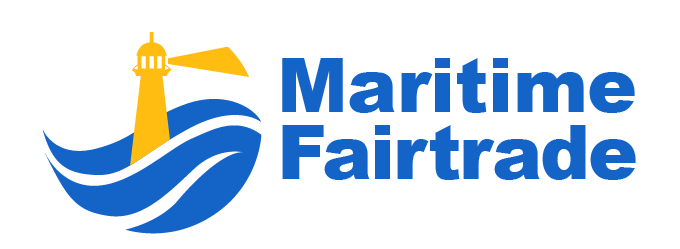The current COVID-19 pandemic has caused disruption through all sectors with various degrees of impact, not all to the same level of damage. Manufacturing industries such as auto and electronics have been profoundly impacted. Lee Kok Leong, executive editor, Maritime Fairtrade, reports
Millions are displaced regionally and globally due to cautionary guidelines and travel restrictions. Global routes of all forms of transportation are temporarily disrupted for both businesses and everyday commuters. A pandemic outbreak of this magnitude has caught companies and whole industries off guard, with a shockwave of ripple effects tearing through their supply chains and businesses.
From a consumer angle, many companies suddenly do not have a clear demand signal as the outbreak has completely changed buying behaviors and patterns. In numerous industries, demand has dropped substantially or moved to online channels.
Due to health risks and personnel displacement, manufacturers are struggling to staff for normal operating capacity as labor challenges arise following a period of temporary factory shutdowns. Many enterprises have disruption in their logistic hubs and delivery routes due to restricted locations and closures. These impacts have been felt by companies from small third-tier suppliers to billion-dollar conglomerates with the likelihood many will not recover for years to come.
Rodrigo Cambiaghi, EY Asia-Pacific and Greater China Supply Chain and Operations Leader, said the COVID-19 outbreak has struck various industries, but not all to the same level of damage. Industries such as auto, travel, consumer goods, electronics and retail have been profoundly impacted. He shared below some cases and insights on those affected the most by current circumstances.
A market leading car manufacturer needed to shut down seven of its factories in Korea due to qualified vendors’ inability to deliver components to produce wire harnesses for their vehicles. These suppliers happen to be located within Hubei province, where the government has implemented a complete and total lockdown during the outbreak.
Immediate impact of this issue has affected 40 percent of this global car manufacturers total network output, dictating the pause of a new model launch. While this carmaker is currently looking for alternate vendors for these critical components, the lead time may not be so quick.
Vendor qualification to comply with ISO/TS 16949 quality management requirements may prevent the reopening of these factories in Korea in the near term. Possessing multiple qualified sub-tier vendors and alternative sources in diversified locations would not have eliminated all risk but would have allowed some capacity to be utilized.
Procurement professionals should look to assess category strategies that balance cost and risk starting from new product model/platform planning to day-to-day procurement operations, leveraging technology to support rapid response.
A global consumer electronic OEM is bracing for prolonged production disruption as Chinese local governments have extended shutdown of factories beyond the original February 10th date. The company’s manufacturing presence in China is strong with a massive workforce of local and migrant workers. When they can re-open, the company does not expect a full workforce to return to work.
For manufacturers, labor shortage and replenishment serve as focal points for operations to manage as factories ramp up production after temporary shutdowns. The travel restrictions and health impact from the coronavirus have led to reduction of available migrant workers to return to work. The emphasis on driving production efficiency, strong yield, and high first pass quality is even more important as many companies have reduced capacity utilization due to staffing limitations.
Even after the reopening of factories, most sites are still struggling to achieve 50 percent of their previous capacity. Focusing on management of spare parts availability will be critical as it is likely the company will forego maintenance strategies for more production time to catch up demand. A major breakdown coupled with unavailability of replacement parts may cause a similar impact as a full factory shutdown. Company EHS programs will also have to be re-evaluated for effectiveness against a disruption such as a pandemic outbreak.










